Home>Garden Essentials>How To Make A Vertical Garden With PVC Pipe
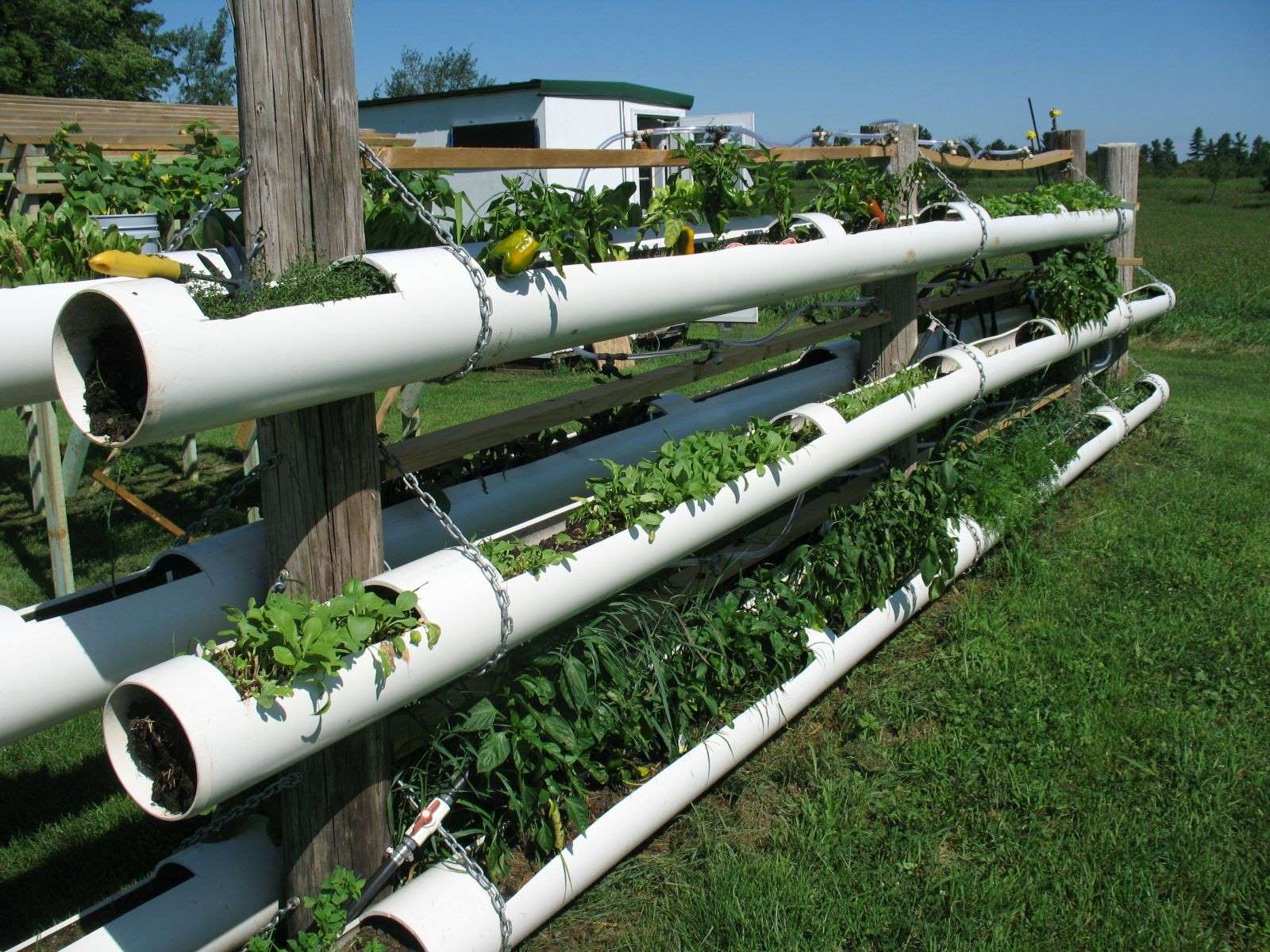

Garden Essentials
How To Make A Vertical Garden With PVC Pipe
Modified: March 16, 2024
Learn how to create a stunning vertical garden using PVC pipe. Enhance your garden space with this easy and innovative DIY project.
(Many of the links in this article redirect to a specific reviewed product. Your purchase of these products through affiliate links helps to generate commission for Storables.com, at no extra cost. Learn more)
Introduction
Welcome to the wonderful world of vertical gardening! If you have limited space but still have a green thumb and a desire to add some natural beauty to your surroundings, a vertical garden is the perfect solution. And the best part? You can create your own vertical garden using PVC pipes.
Vertical gardening has gained popularity in recent years, as it allows gardeners to maximize their growing space by utilizing vertical surfaces such as walls, fences, or even the side of a building. By using PVC pipes, you can easily construct a sturdy and versatile framework for your vertical garden, providing a unique and eye-catching display of plants.
In this article, we will guide you through the process of creating your own PVC pipe vertical garden. We will outline the materials you’ll need and take you step by step through the construction process. So let’s get started and turn your gardening dreams into reality!
Key Takeaways:
- You can create a beautiful vertical garden using PVC pipes, maximizing your space and adding natural beauty to your surroundings. Just follow the steps to plan, prepare, assemble, and maintain your green wall of plants.
- Maintaining your vertical garden is key to its success. Regular watering, pest control, pruning, and fertilizing will keep your plants thriving. Get creative and personalize your garden to reflect your style and taste!
Materials Needed
Before you dive into the construction of your PVC pipe vertical garden, it’s important to gather all the necessary materials. Here’s a list of what you’ll need:
- PVC pipes: Choose pipes with a diameter of at least 2 inches for optimal plant growth. The length of the pipes will depend on the size of your desired vertical garden.
- Saw: A hacksaw or PVC pipe cutter will come in handy for cutting the pipes to the desired lengths.
- PVC connectors: You’ll need T-connectors and elbow connectors to join the pipes and create the framework for your vertical garden.
- Drill: A drill with a small drill bit is necessary for creating drainage holes at the bottom of each pipe to prevent water from pooling.
- Measuring tape: This will help you accurately measure and cut the PVC pipes to the desired lengths.
- Level: To ensure that your vertical garden is straight and level, a level tool will be essential.
- Screws or zip ties: These will be used to attach the PVC pipes to a sturdy surface, such as a wall or a wooden frame.
- Potting soil: Opt for a high-quality potting mix that is well-draining and nutrient-rich to provide the best growing conditions for your plants.
- Plants: Select a variety of plants that thrive in vertical gardening conditions. Consider trailing plants, herbs, succulents, or flowers, depending on your preference.
- Optional: Drip irrigation system or watering can for watering your vertical garden.
By gathering these materials beforehand, you’ll have everything you need to create your PVC pipe vertical garden without any last-minute trips to the hardware store.
Step 1: Planning the Vertical Garden Design
Before you start assembling your PVC pipe vertical garden, it’s important to spend some time planning the design and layout. This will help ensure that your vertical garden is both aesthetically pleasing and functional. Here are some key considerations:
1. Location: Choose a suitable location for your vertical garden. It should receive adequate sunlight based on the types of plants you intend to grow. Additionally, consider factors such as accessibility and proximity to a water source for easy maintenance.
2. Size and Shape: Determine the size and shape of your vertical garden. Consider the available space and the number of PVC pipes you have. You can create a simple vertical garden by using a single PVC pipe or get creative with multiple pipes in different configurations.
3. Plants: Decide on the types of plants you want to grow. Consider their sunlight and water requirements, as well as their suitability for vertical growth. It’s best to choose plants that are compact or have trailing or climbing habits.
4. Watering System: Consider the watering needs of your plants and decide on an appropriate watering system. You can either opt for a drip irrigation system that connects to each PVC pipe or manually water your vertical garden using a watering can.
5. Sustainability: Think about ways to make your vertical garden sustainable. Consider using organic fertilizers or incorporating a composting system to nourish your plants naturally.
Once you have a clear idea of your vertical garden design, you can move on to the next steps of cutting and assembling the PVC pipes. By taking the time to plan, you’ll be able to create a vertical garden that aligns with your vision and provides a thriving environment for your plants.
Step 2: Preparing the PVC Pipes
Now that you’ve planned your vertical garden design, it’s time to prepare the PVC pipes. Follow these steps to get your pipes ready:
- Measure and mark: Using a measuring tape, measure and mark the desired lengths of your PVC pipes. Ensure that they are all the same length, as this will ensure a level and balanced vertical garden.
- Cut the pipes: Using a saw or PVC pipe cutter, carefully cut the pipes along the marked lines. Take your time to make clean and precise cuts.
- Smooth the edges: After cutting, use sandpaper to smooth any rough edges on the cut ends of the pipes. This will prevent any damage to the plants or your hands during the assembly process.
- Create drainage holes: Using a drill with a small drill bit, create drainage holes at the bottom of each pipe. These holes will allow excess water to drain out and prevent waterlogging, which can be detrimental to the plant roots.
- Clean the pipes: Before moving on to the assembly stage, give the PVC pipes a thorough cleaning. Use a mild soap and water solution to remove any dirt or debris that may be present.
By properly preparing the PVC pipes, you’ll ensure that they are ready for assembly and provide a sturdy and functional framework for your vertical garden. Take your time with these steps to ensure accuracy and safety during the construction process.
Step 3: Cutting and Assembling the PVC Pipes
With the PVC pipes prepared, it’s time to cut and assemble them to create the framework for your vertical garden. Follow these steps to complete this stage:
- Cut additional PVC pipes: In addition to the pipes you prepared in the previous step, cut two additional pieces of PVC pipe to serve as the vertical supports for your garden. These pieces should be long enough to reach from the ground to the desired height of your vertical garden.
- Attach the vertical supports: Take one of the support pipes and attach a T-connector to the bottom. Insert this pipe into the ground at the desired location for your vertical garden. Repeat this step with the second support pipe, ensuring that they are evenly spaced and level.
- Connect the horizontal pipes: Using the T-connectors, connect the prepared PVC pipes horizontally to the vertical supports. Insert each pipe into a T-connector on one support pipe and then into the corresponding T-connector on the other support pipe. This will form the basic framework for your vertical garden.
- Secure the connections: To ensure stability, use screws or zip ties to secure the connections between the PVC pipes and the T-connectors. This will prevent the pipes from shifting or coming apart once the plants are added.
- Double-check the alignment: Use a level to ensure that the vertical supports and horizontal pipes are straight and level. Make any necessary adjustments before proceeding.
By carefully cutting and assembling the PVC pipes, you will create a secure framework that can support the weight of the plants and withstand outdoor conditions. Take your time with this step to ensure accuracy and stability, as a sturdy framework is crucial for the success of your vertical garden.
When making a vertical garden with PVC pipe, make sure to drill holes in the pipe for the plants to grow out of. Also, use a sturdy support system to hang the PVC pipe securely.
Read more: How To Make A PVC Pipe Towel Rack
Step 4: Creating the Vertical Garden Frame
With the PVC pipe framework in place, it’s time to create the vertical garden frame. This step involves adding additional crosspieces to the horizontal pipes to provide support for the plants. Follow these steps to complete this stage:
- Measure for crosspieces: Use a measuring tape to determine the desired spacing between each crosspiece. This will depend on the size and type of plants you plan to grow.
- Cut the crosspieces: Cut the PVC pipes for the crosspieces to the measured lengths. These pipes should fit snugly between the horizontal pipes of the framework.
- Attach the crosspieces: Using elbow connectors, attach the crosspieces to the horizontal pipes of the framework. Place each crosspiece in the desired location and insert it into the corresponding elbow connectors.
- Secure the connections: Similar to the previous step, use screws or zip ties to secure the connections between the crosspieces and the elbow connectors. This will ensure that the crosspieces stay in place when plants are added.
Creating the vertical garden frame with crosspieces provides additional structure and support for the plants. It helps prevent the PVC pipes from bending or sagging under the weight of the foliage. Take your time to measure and position the crosspieces accurately to ensure an even and balanced framework.
With the vertical garden frame complete, you’re now ready to move on to the exciting step of adding plants to your creation. Keep reading to learn how to transform the PVC pipe framework into a stunning green wall of plants.
Step 5: Attaching the PVC Pipes to the Frame
Now that you have the PVC pipe framework in place, it’s time to attach the prepared PVC pipes to the frame. This step involves inserting the pipes into the T-connectors and securing them to prevent movement. Follow these steps to complete this stage:
- Insert the PVC pipes: Take each prepared PVC pipe and insert one end into a T-connector on the horizontal pipes of the framework. Ensure that the pipes are inserted securely, but also leave enough space for the plants to grow.
- Check for stability: After inserting all the pipes, check the stability of the vertical garden. Gently shake the pipes to ensure that they are securely attached to the framework. Make any necessary adjustments or tightening to ensure stability.
- Secure the connections: To further secure the PVC pipes to the framework, use screws or zip ties at the top and bottom of each pipe where it meets the T-connector. This will help prevent them from becoming dislodged or shifting over time.
By attaching the PVC pipes to the framework, you create a solid structure that can hold the weight of the plants while also ensuring their proper spacing for growth. It’s important to ensure the stability of the connections to prevent any accidents or damage to the plants. Take the time to double-check the attachments and make any necessary adjustments for a secure and sturdy vertical garden.
Now that the pipes are securely in place, it’s time for the most exciting part – adding the plants! Continue reading to learn how to bring your vertical garden to life with an array of plant selections.
Step 6: Adding Plants to the Vertical Garden
With the PVC pipes securely attached to the framework, it’s time to add the plants and bring your vertical garden to life. Follow these steps to complete this stage:
- Select suitable plants: Choose a variety of plants that are well-suited for vertical gardening. Consider plants with trailing or climbing habits, as they will thrive in this environment. Additionally, consider the sunlight and watering requirements of each plant to ensure compatibility.
- Prepare the plants: Remove each plant from its container and gently loosen the roots. If necessary, trim any excess roots or foliage to promote healthy growth.
- Plant the PVC pipes: Carefully insert each plant into the prepared PVC pipes. Add potting soil as needed to secure the plants in place and provide adequate support. Be sure to evenly distribute the plants throughout the vertical garden for a balanced and visually pleasing display.
- Water and maintain: Once all the plants are in place, water them thoroughly to ensure proper hydration. Afterward, establish a regular watering schedule to keep the plants well-maintained. Consider installing a drip irrigation system for efficient and consistent watering.
- Monitor growth and adjust: As your plants begin to grow, monitor their progress and adjust as needed. Secure any unruly growth or reposition plants to maintain the desired aesthetic and prevent overcrowding.
Adding plants to your vertical garden is the most rewarding part of the process. It’s where you get to see the transformation from a framework of PVC pipes into a lush and vibrant green wall of plants. Take your time to select suitable plants and properly care for them to ensure their health and longevity in your vertical garden.
Now that your vertical garden is complete, all that’s left is to maintain and care for it. In the next step, we’ll provide some tips and guidance on keeping your vertical garden thriving for years to come.
Step 7: Maintaining and Watering the Vertical Garden
Once your vertical garden is complete, it’s important to properly maintain and water it to ensure the health and longevity of your plants. Follow these steps to keep your vertical garden thriving:
- Regular watering: Check the moisture levels of your vertical garden regularly and water as needed. Vertical gardens tend to dry out more quickly than traditional gardens, so it’s important to provide adequate irrigation. Consider installing a drip irrigation system to ensure consistent and efficient watering.
- Inspect for pests: Regularly inspect your plants for signs of pests such as aphids, spider mites, or snails. If you notice any pest infestations, take appropriate measures to control and eliminate them, such as using organic insecticides or introducing beneficial insects.
- Pruning and trimming: Regularly prune and trim your plants to maintain their shape and prevent overcrowding. Removing dead or diseased foliage will also promote healthy growth and reduce the risk of infections spreading throughout the vertical garden.
- Fertilizing: Apply a slow-release fertilizer or organic compost to provide essential nutrients for your plants. Follow the instructions on the fertilizer packaging, and avoid over-fertilizing as it can harm the plants.
- Monitor plant health: Keep a close eye on the overall health of your plants. Look out for signs of nutrient deficiencies, wilting, or any other issues. Promptly address any problems that arise to prevent further damage.
- Seasonal adjustments: Make seasonal adjustments to your vertical garden as needed. Some plants may need to be replaced or relocated based on their preferences for sunlight and temperature. Consider rotating plant selection to add variety and interest to your vertical garden throughout the year.
Maintaining your vertical garden is an ongoing process, requiring regular care, attention, and observation. By providing the proper watering, addressing pests and diseases promptly, and adjusting as necessary, your vertical garden will continue to thrive and bring beauty to your space for years to come.
Congratulations on creating your very own PVC pipe vertical garden! With proper maintenance and care, you can enjoy a stunning display of plants while making the most of limited space.
So go ahead, sit back, and bask in the beauty of your vertical garden achievement. And don’t forget to share your newfound gardening prowess with friends and family!
Read more: How To Make A Room Divider Using PVC Pipe
Conclusion
Congratulations! You have successfully created a stunning vertical garden using PVC pipes. By following the steps outlined in this article, you have transformed a simple framework of pipes into a flourishing green wall of plants. Your vertical garden not only adds beauty and charm to your surroundings but also maximizes your growing space, making it an excellent solution for those with limited garden space.
Throughout the process, you learned the importance of planning your design, preparing the PVC pipes, cutting and assembling them to form the framework, and attaching them securely to create a stable structure. You also discovered the vital steps of adding plants, watering, and maintaining your vertical garden to ensure its health and longevity.
Remember, maintaining your vertical garden will be an ongoing task. Regular watering, monitoring for pests, pruning, and fertilizing are essential to keep your plants thriving. By staying attentive to the needs of your plants and making adjustments as necessary, you will continue to enjoy the beauty and benefits of your vertical garden for years to come.
Don’t be afraid to get creative with your vertical garden by experimenting with different plant selections, colors, and textures. Personalize it to reflect your taste and style. You can even consider incorporating additional elements such as decorative accents or herb gardens to make your vertical garden even more functional and unique.
Now that you have the knowledge and skills to create a PVC pipe vertical garden, let your imagination run wild. Bring your gardening dreams to life and enjoy the beauty and serenity that a vertical garden can bring to your space.
Remember, gardening is not just a hobby; it’s a way to connect with nature, reduce stress, and create a thriving environment. So go ahead and embrace your green thumb as you embark on this rewarding journey of vertical gardening. Happy gardening!
Frequently Asked Questions about How To Make A Vertical Garden With PVC Pipe
Was this page helpful?
At Storables.com, we guarantee accurate and reliable information. Our content, validated by Expert Board Contributors, is crafted following stringent Editorial Policies. We're committed to providing you with well-researched, expert-backed insights for all your informational needs.
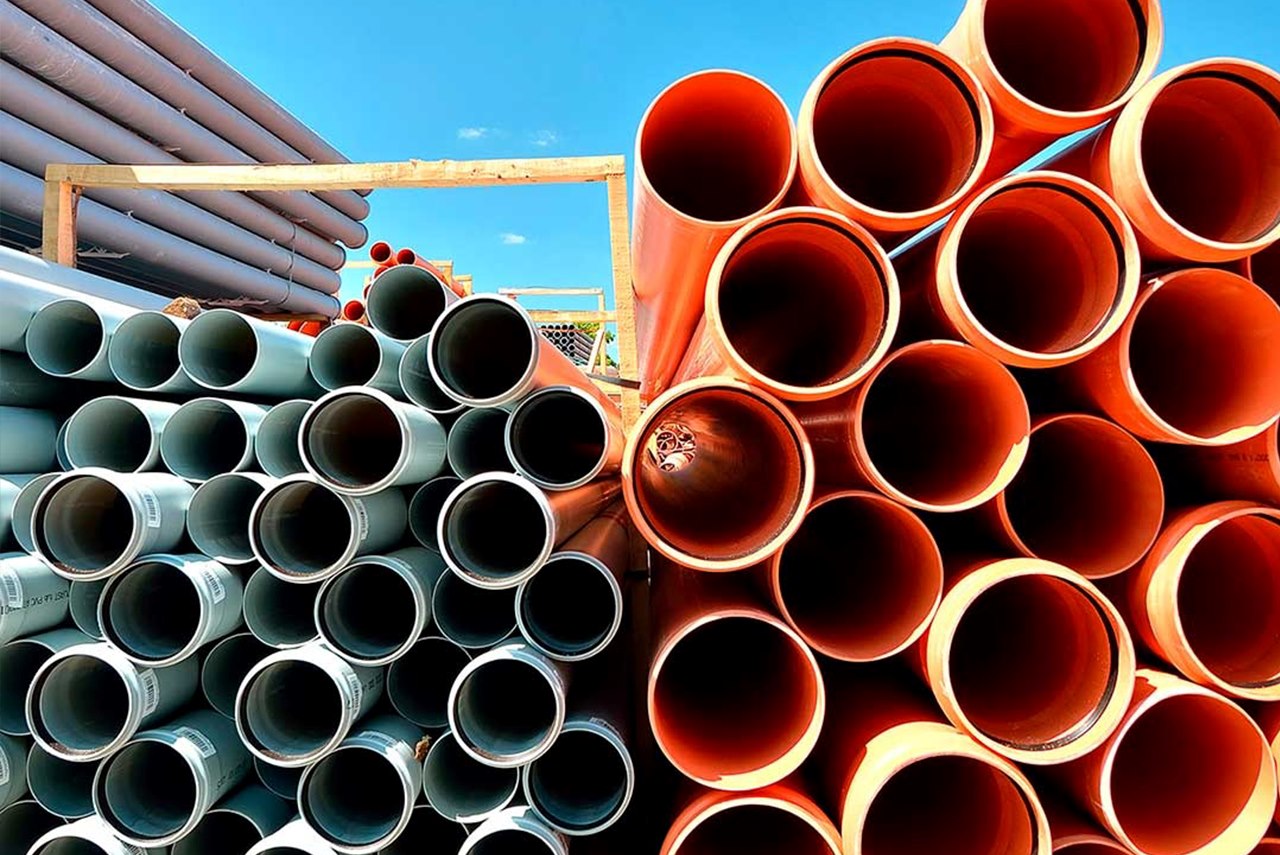
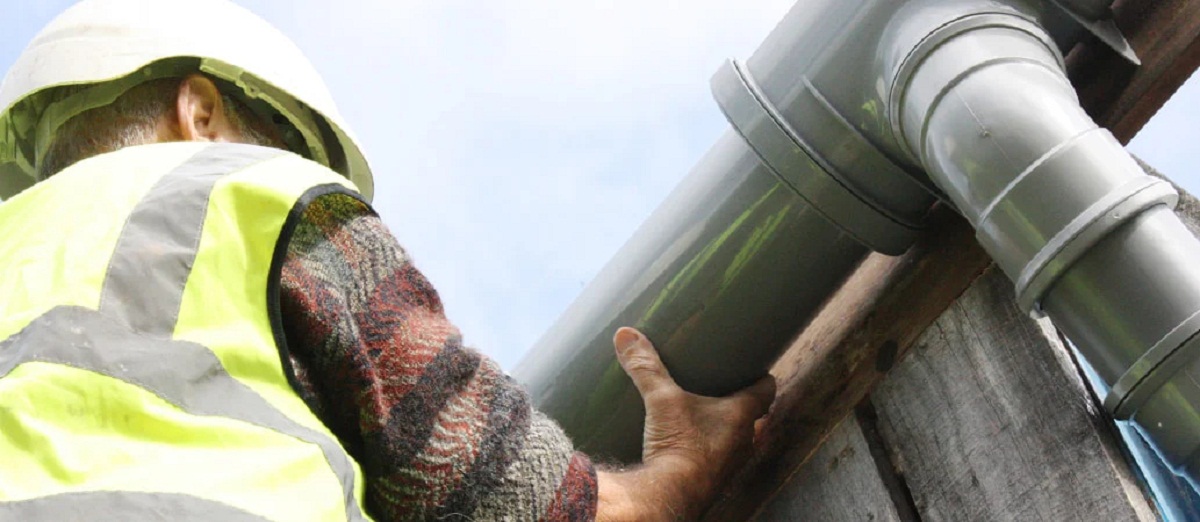
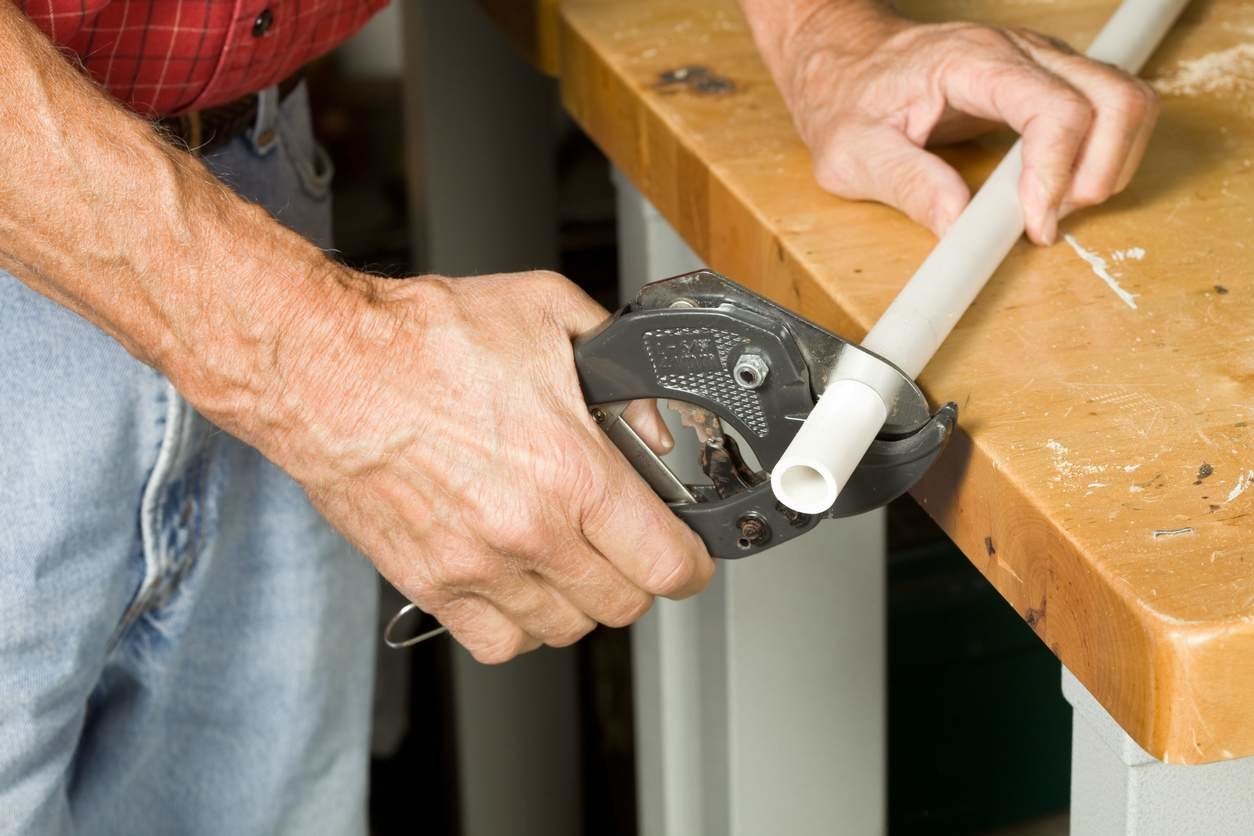
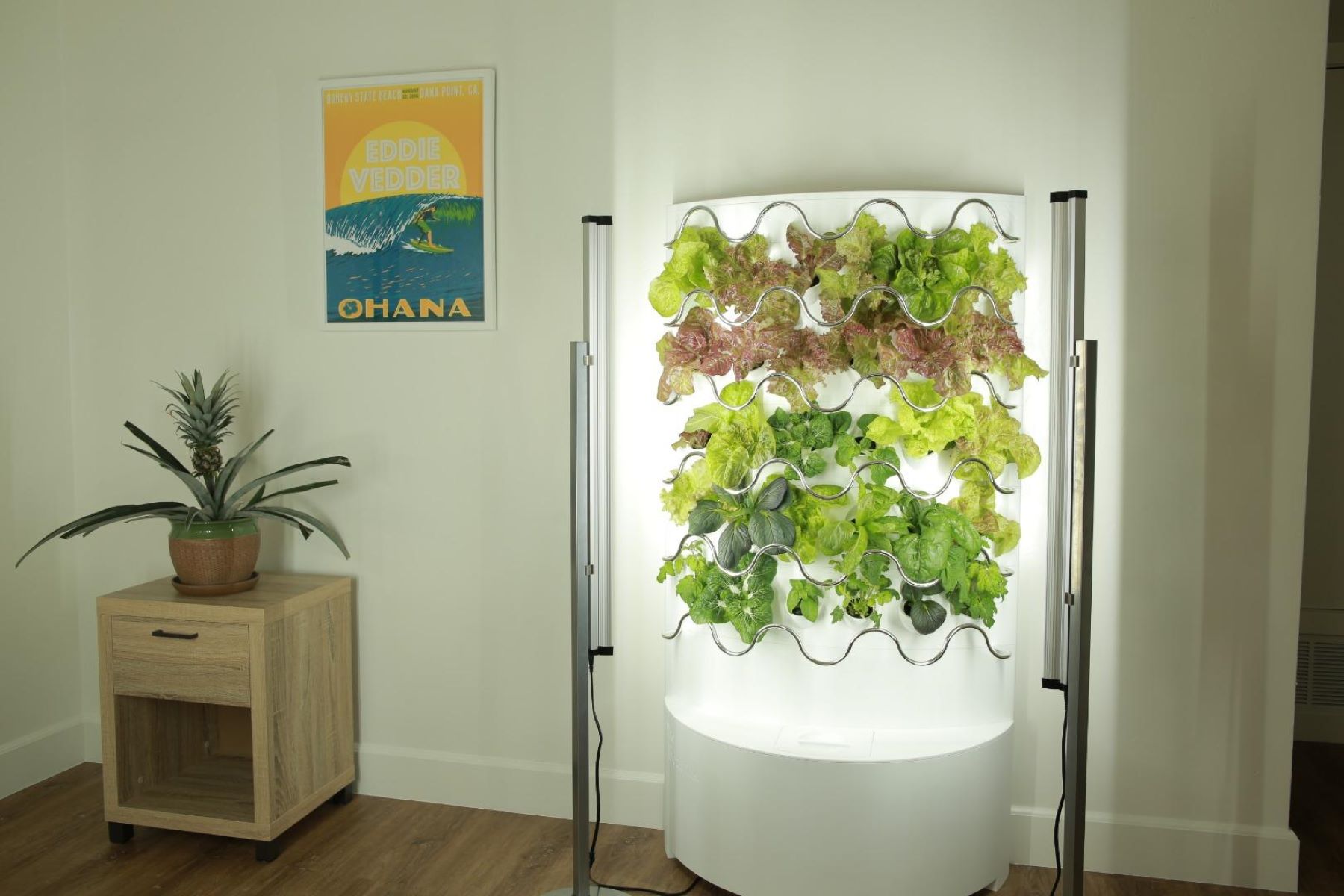

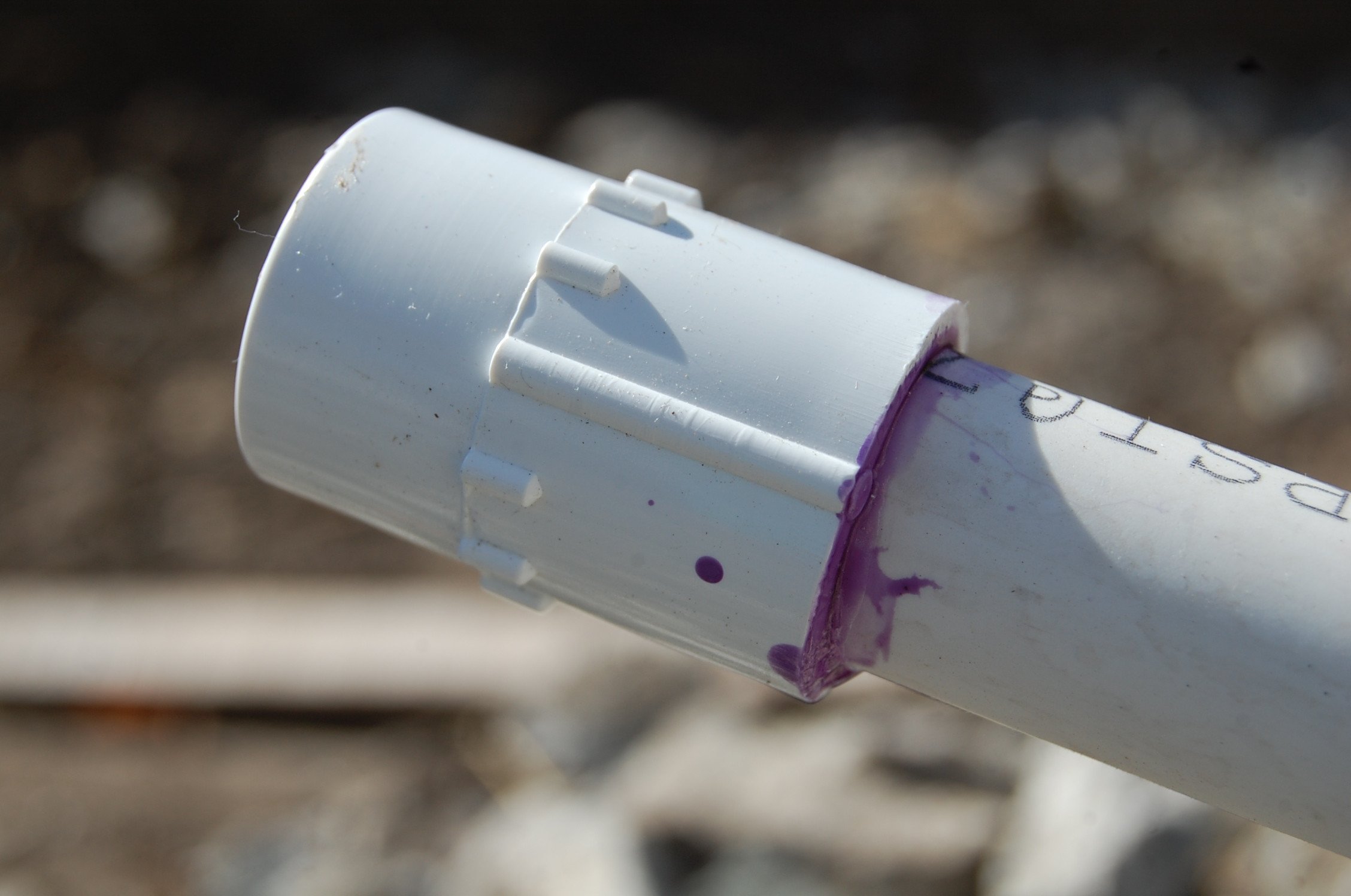
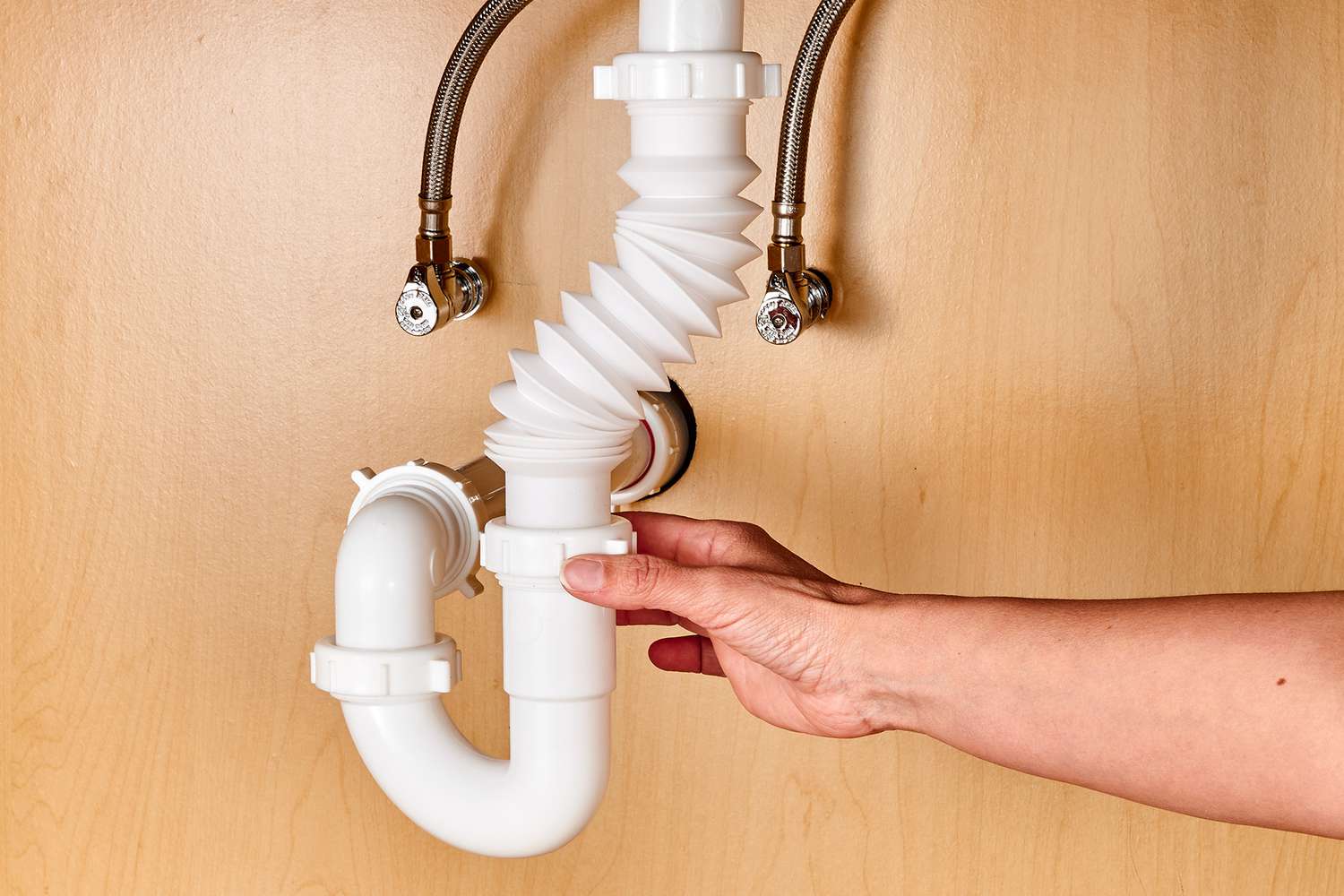
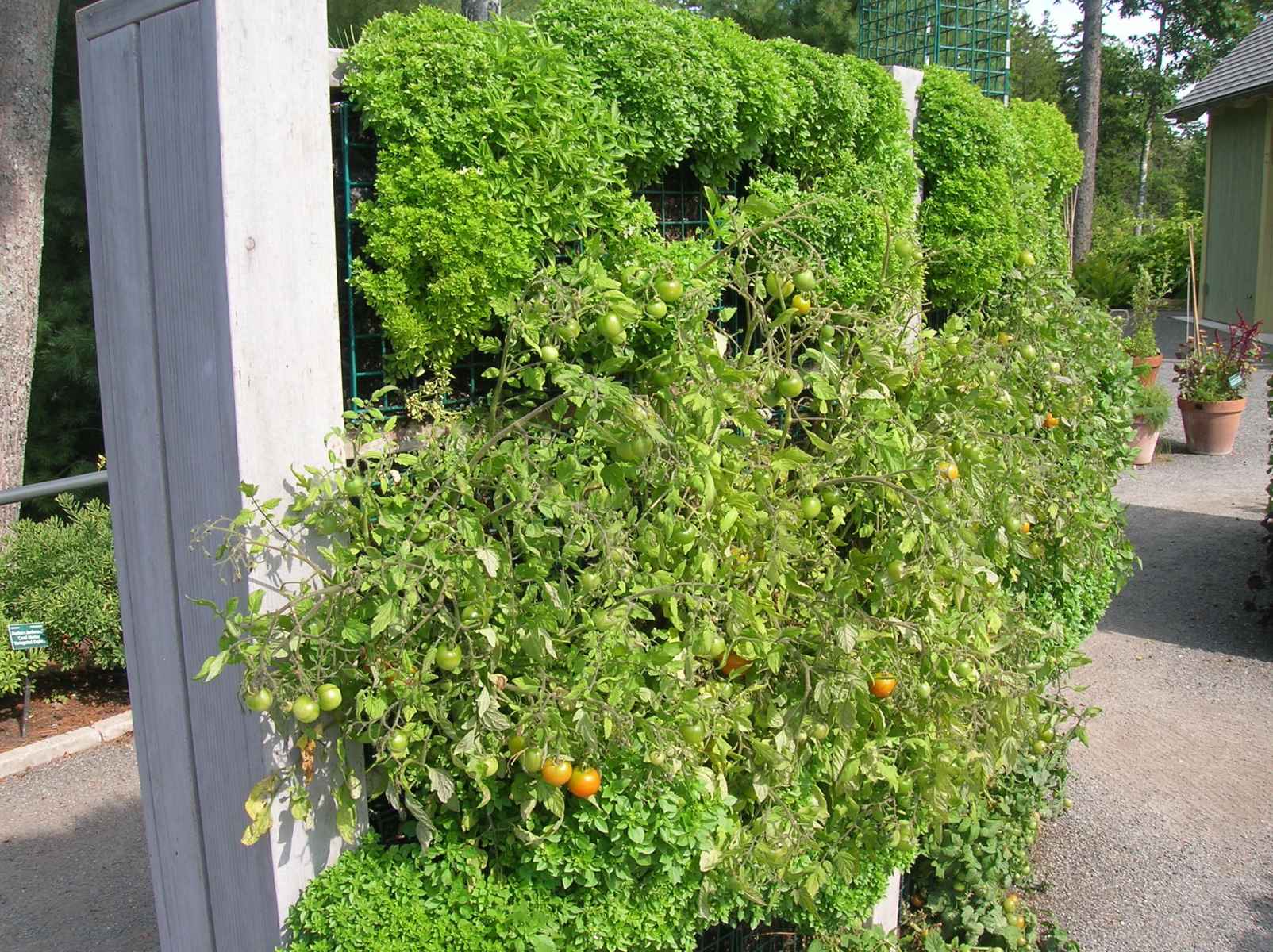

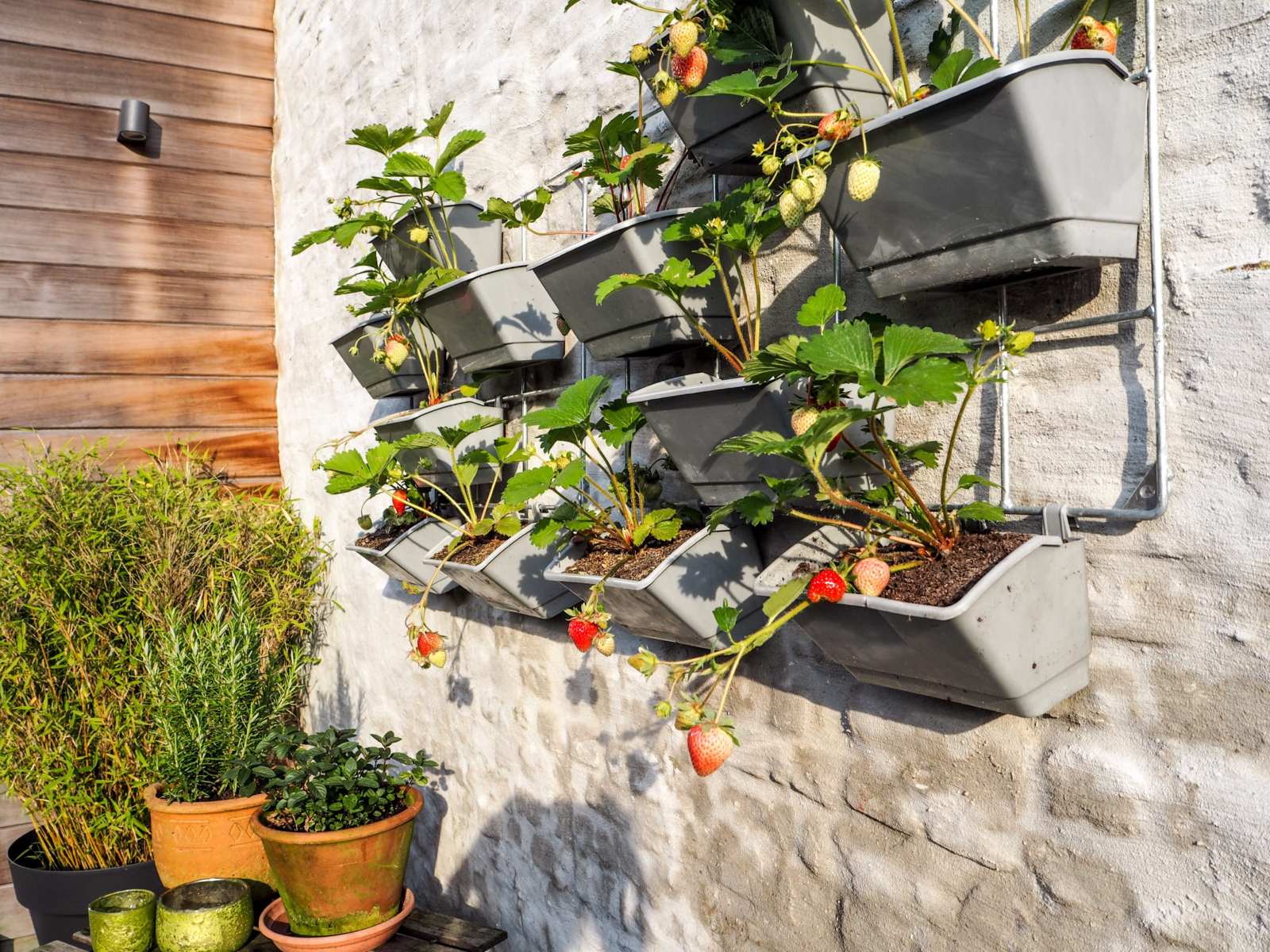
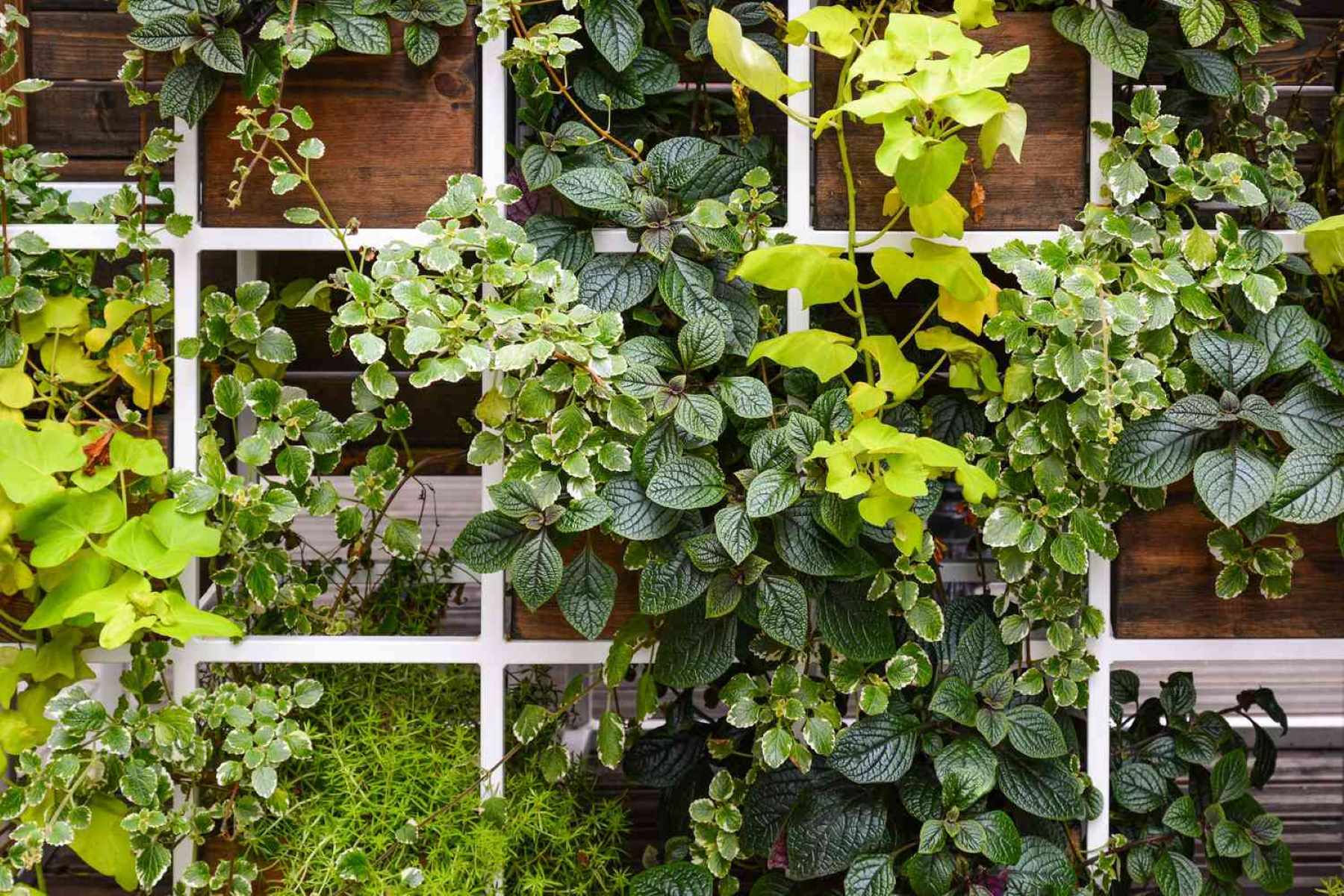
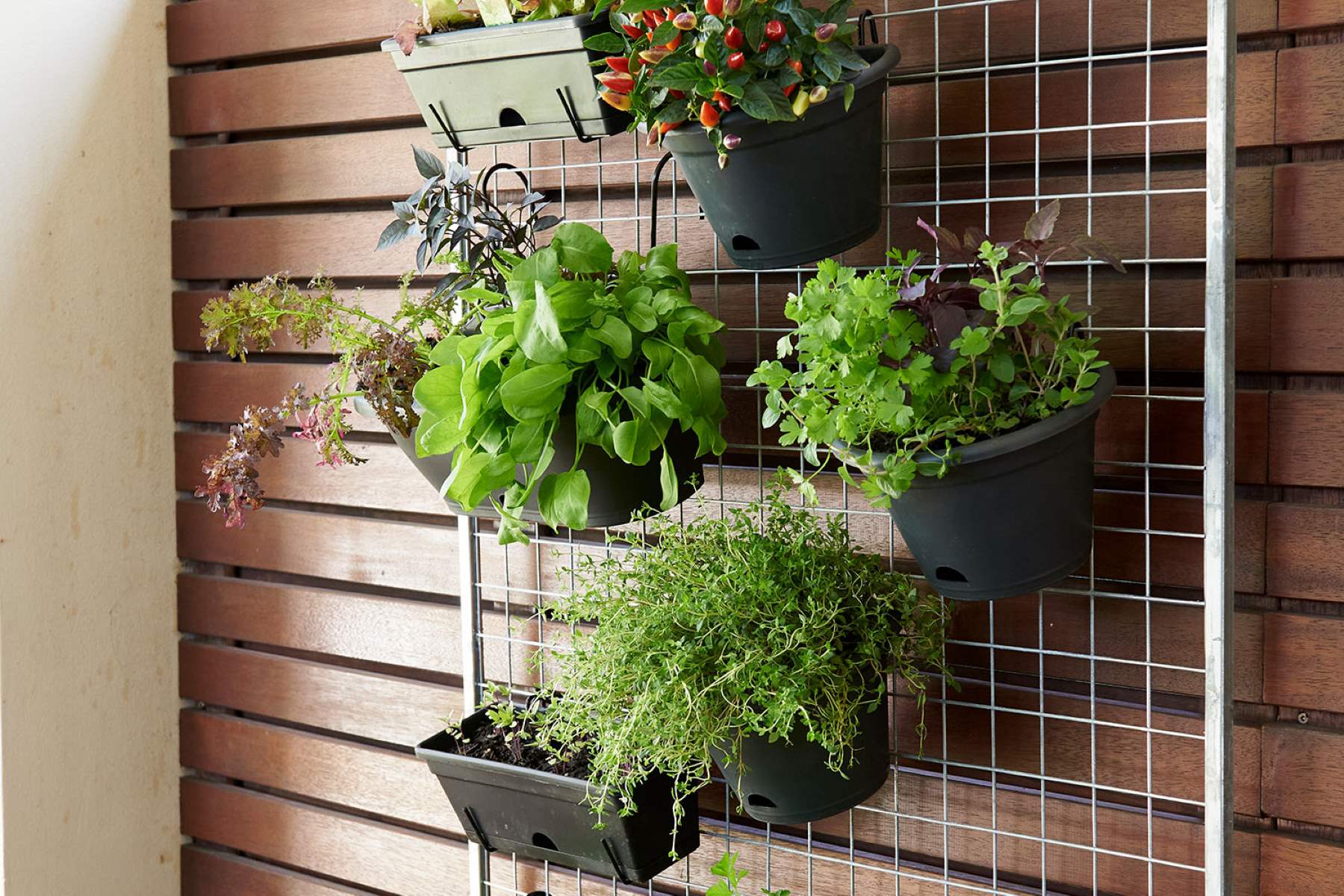
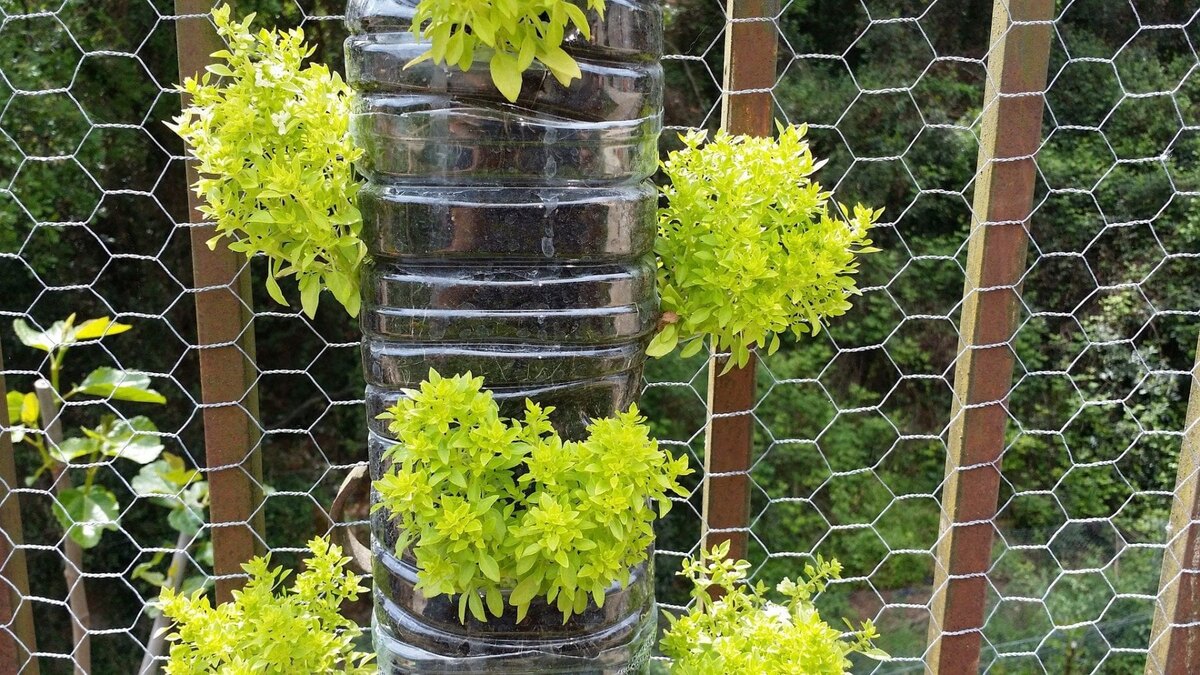

0 thoughts on “How To Make A Vertical Garden With PVC Pipe”